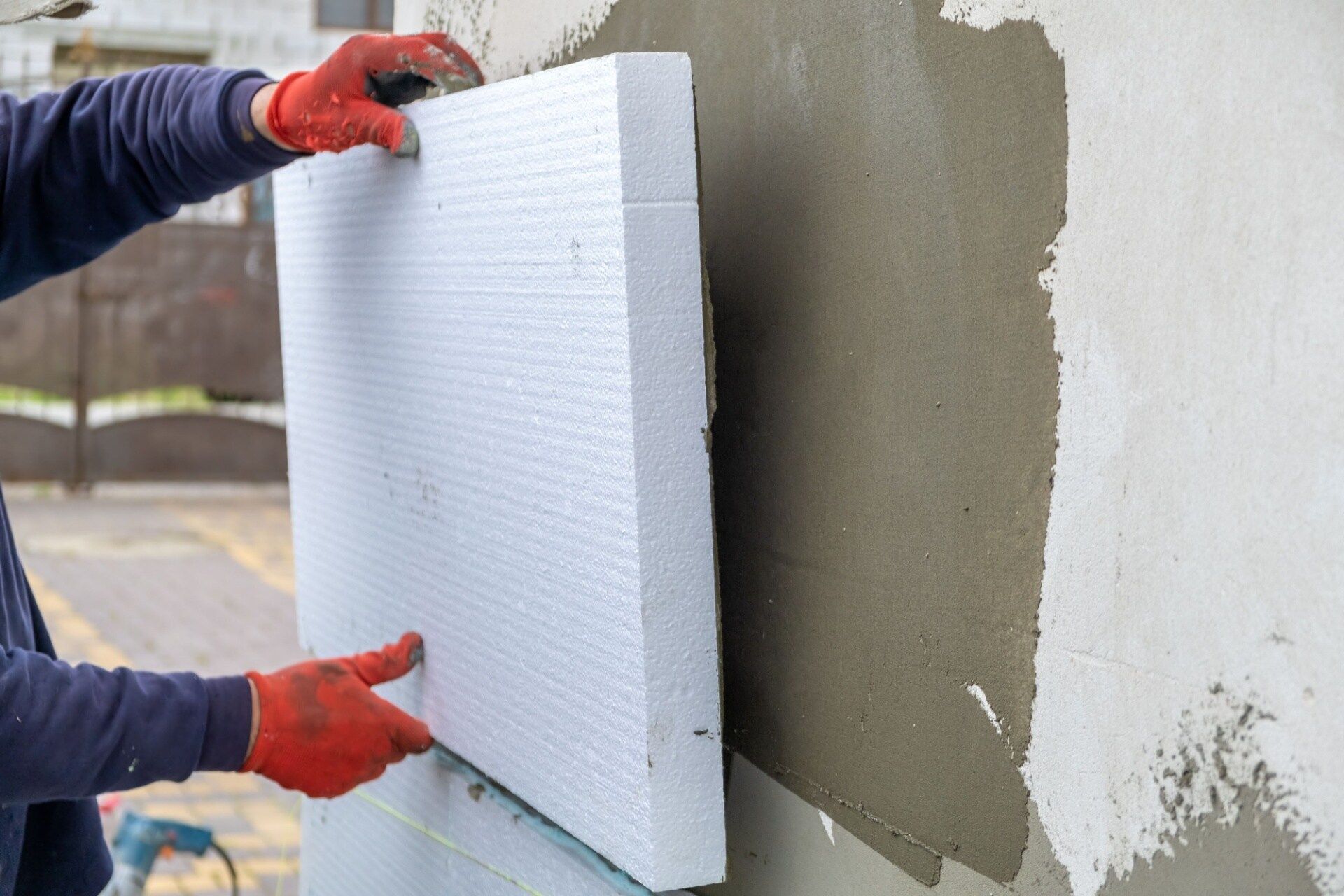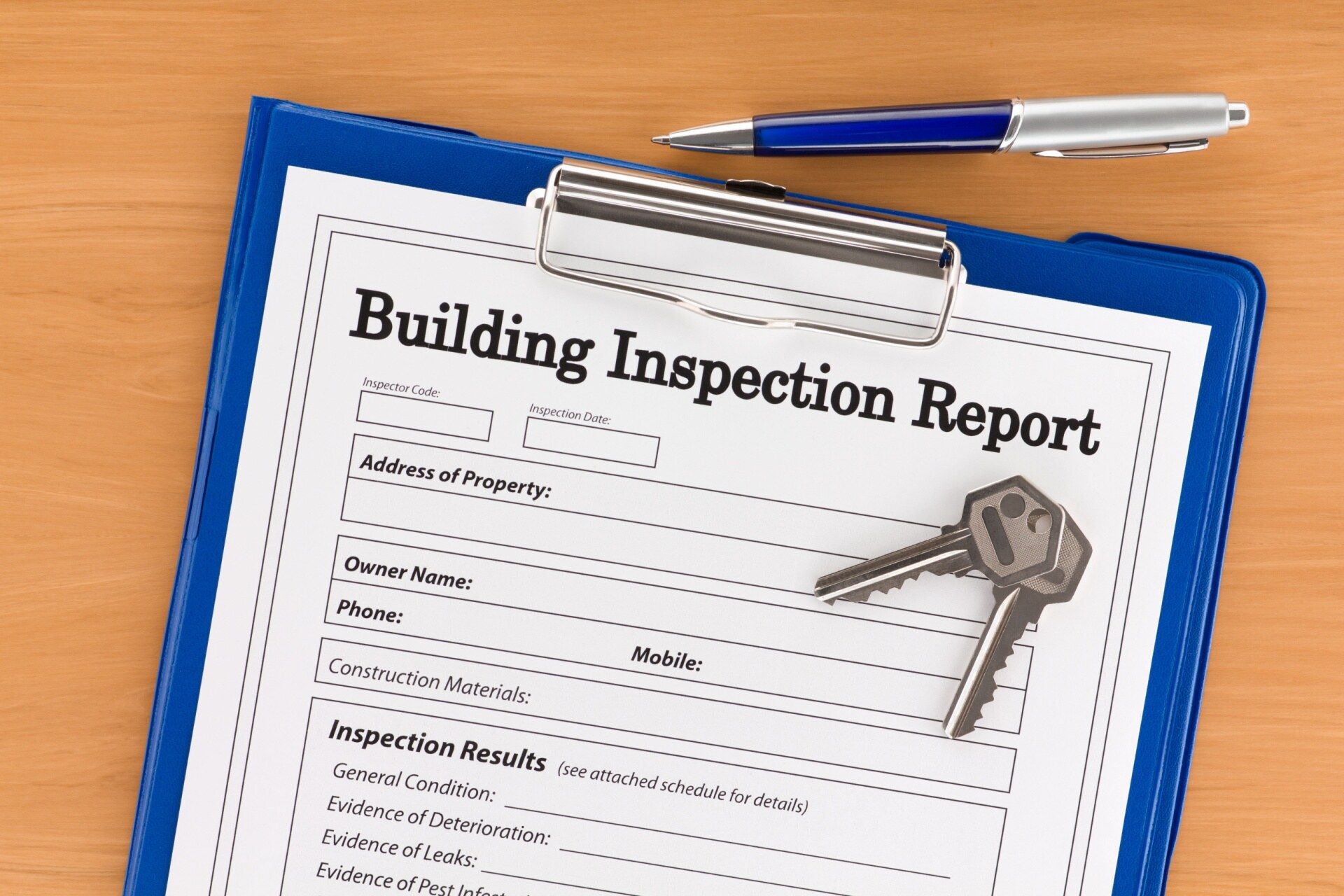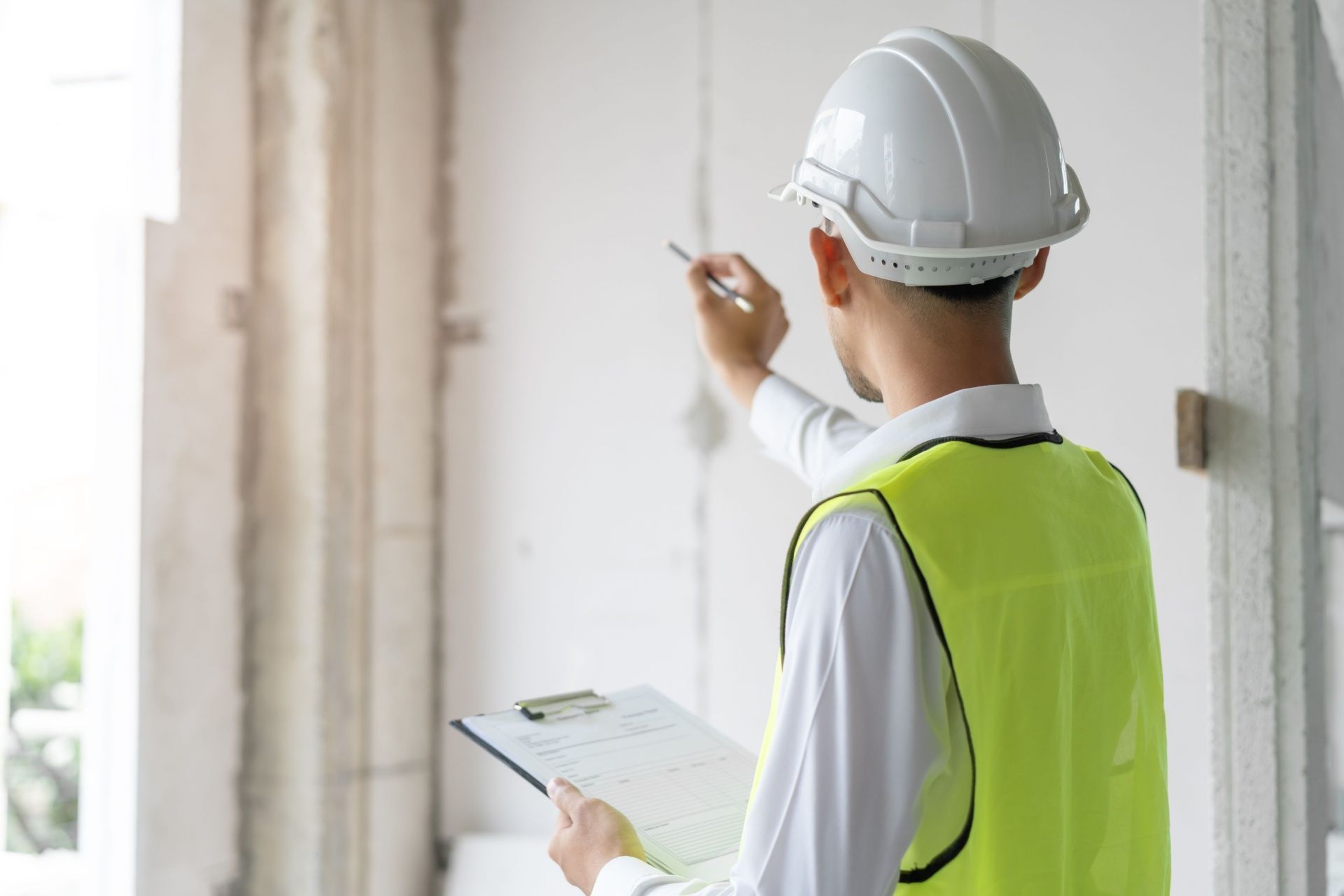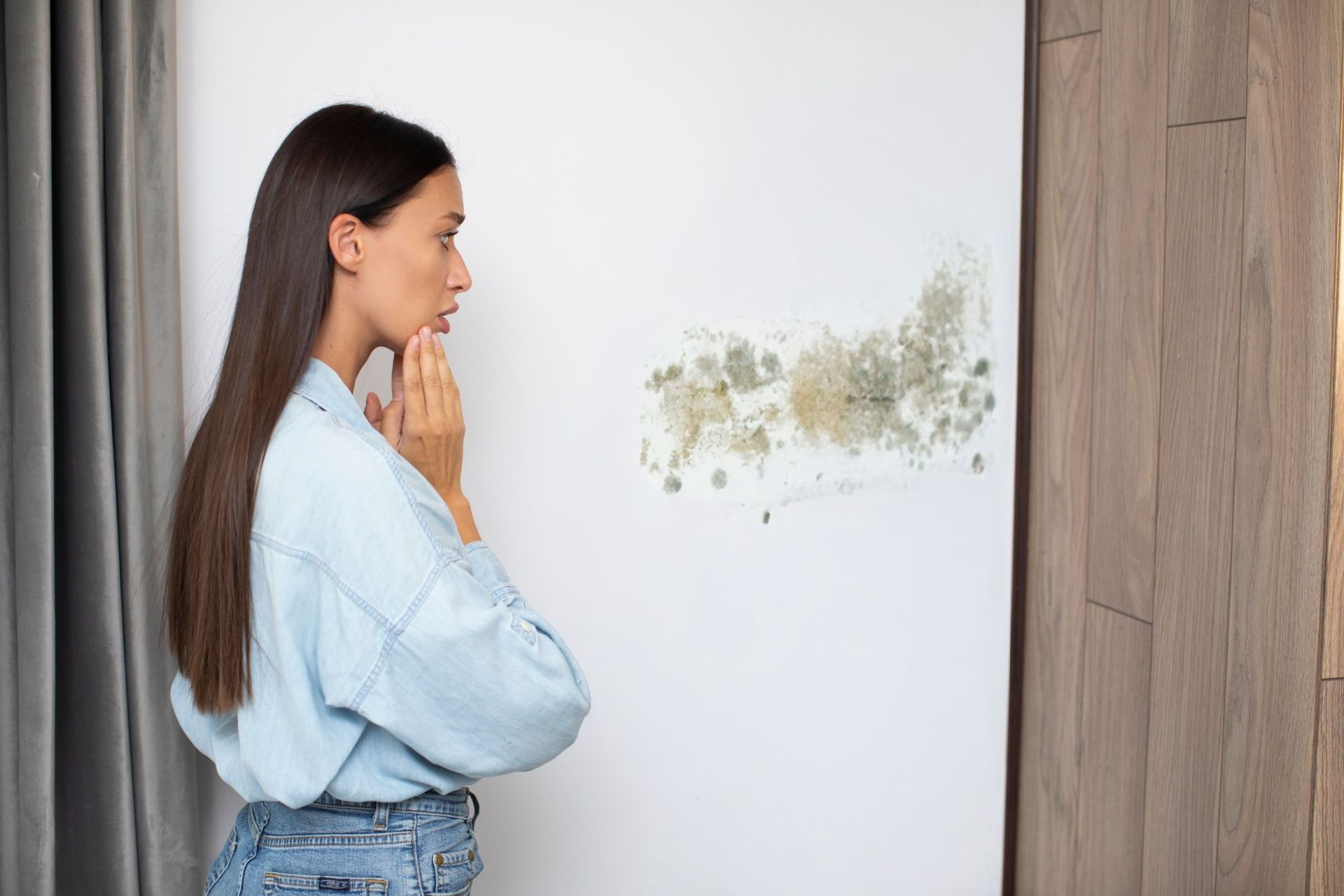Unveiling The Invisible Threat: A Guide to Mold Testing and Remediation
Unveiling The Invisible Threat: A Guide to Mold Testing and Remediation
The spring season has arrived, and although April showers bring May flowers, it’s also the kind of moisture that can lead to flooding, and mold growth within your home.
As the mold testing professionals in the DMV, Baltimore, and Philadelphia area, we hope this comprehensive guide will help you understand the dangers of mold, and the tell-tale signs that you may require in-home mold testing and remediation.
What is Mold?
Mold is best described as small organisms often found in indoor or outdoor environments that are essential in breaking down dead material in nature, but can be harmful when a considerable amount has been breathed in.
Mold often grows in damp, humid areas, making places in your home like basements, crawl spaces, and attics particularly susceptible to microbial growth.
Its signature scent is often deemed the \”basement\” smell, and if you can detect this in an area in your home, you may want to consider a test.
Why Should I Get a Mold Test?
Mold within the home should always warrant immediate remediation to prevent any harmful exposure to yourself or friends and family. Those with asthmatic conditions are especially vulnerable to mold, as it can make it hard for those affected to breathe.
Especially if after moving into a home, you begin to experience health issues you hadn’t experienced before, it may be attributed to potential mold growth.If your home has recently flooded, mold can also grow quickly and undetected, so it\’s best to dry the affected areas within 48 hours.
According to the Department of Health:
“Exposure to a large number of mold spores may cause allergic symptoms such as watery eyes, runny nose, sneezing, itching, coughing, wheezing, difficulty breathing, headache, and fatigue. Repeated exposure to mold can increase a person’s sensitivity, causing more severe allergic reactions. These problems are worse indoors, where mold causes
indoor air quality problems. Certain molds, such as Stachybotrys and Aspergillus, can produce toxins called mycotoxins under certain conditions. Exposure to mycotoxins can cause more serious illness.”
How Does Mold Sampling Work?
f this is your first scare, or are just wondering how mold testing is done, you’re in the right place. Whenever you suspect mold growth, you can simply schedule an appointment, and one of our qualified mold sampling technicians will come out to conduct the test. They will either use a Swab Sample, which examines microbes from a surface, or an Air Sample, which detects mold spores that might be present in a room’s air.
After the test is conducted, the samples are sent off to the laboratory, where they are examined, and determined if it is indeed mold, and if so, what type of it is.
Mold Testing cannot determine how you and your family might be affected by mold growth, but removing the spores after a positive result will ensure that your family is fully protected.
How Long Do Mold Tests Take?
Swab Samples are fairly quick and only require a technician to swab an affected surface before sending it out to be reviewed by the lab.
Air Samples roughly take around 10 minutes each, with one control test always taken outside to be cross-referenced with as many desired indoor air tests.
After being sent to the lab, results can be expected in between 2-3 days, with our team providing an in-house written translation to help break down the key takeaways from the findings.
How Accurate Are Mold Tests?
With recent innovations in microbial tests, all samples are reported back with 99% accuracy. Unless there’s user error when the sample is taken or microfibers from insulation find their way in, our testing laboratories can always evaluate if there’s a problem, and what type of mold is present.
Can I Buy a DIY Mold Test Kit?
While some companies may offer DIY mold testing kits, we do not recommend using one of these options in lieu of a licensed test from a mold sampling technician. These solutions often don’t tell the whole story, since they’re typically just swab samples, and only report if there is or isn’t mold present in the test.
These tests also fail to detect if there’s a greater problem, like if the mold has gone airborne. A licensed mold test from a certified professional will provide you details on the severity and concentration of your mold growth, along with resources for remediation.
Disclaimer: The information on this website and blog is for general informational purposes only and is not professional advice. We make no guarantees of accuracy or completeness. We disclaim all liability for errors, omissions, or reliance on this content. Always consult a qualified professional for specific guidance.





